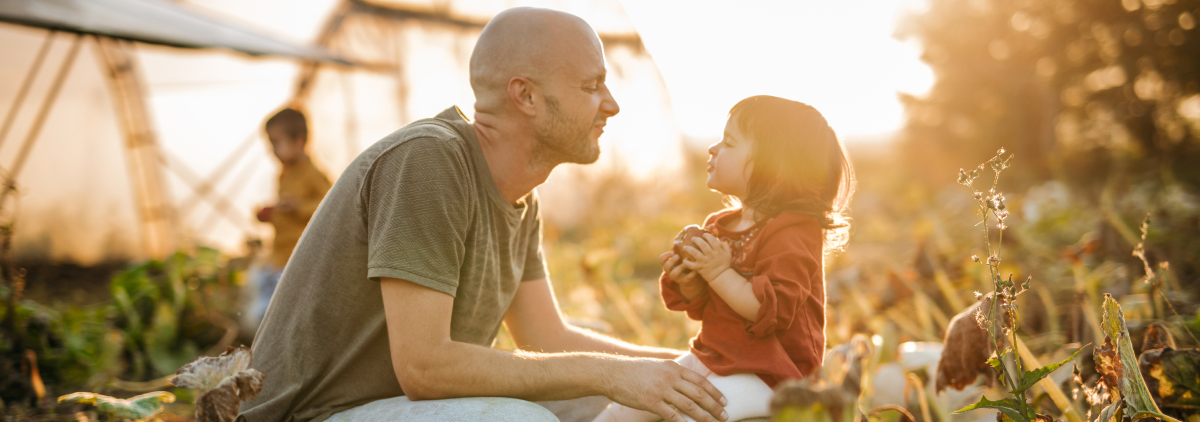Sustainable diapers: the bumpy road to mass market
Year after year, sustainable diapers are going more and more under the spotlight. The richest, most mature Disposable Hygiene markets in the world - North America, the EU and Japan - all show a growing positive attitude towards environmentally friendly diapers.
Indeed, these regions present similar patterns. Here the penetration of disposable diapers is high, almost to the point of saturation. On top of this, birth rates are declining. On average, customers are high-income, always on the lookout for feature-rich, top-quality products. Premiumization is the main trend, pushing the dominant brands to invest heavily in R&D.
Sustainability has a wide political support. Recently, the United States have pledged to rejoin the Paris climate accords[1]. And with the European Green Deal[2] being a top priority for the Union and some version of the US climate plan[3] to be passed into law in the near future, the path ahead is clear.
As a result, the industry is changing. Both international players and contract manufacturing brands now include a green-conscious demographic in their targets. Actions are being taken to reduce the carbon footprint, not just as regards the product itself, but also in terms of packaging, materials and supply chain management.
New brands are gaining ground, tackling new, niche market segments. More than anything, one data is consistent across the board: the lion’s share of buyers of sustainable baby products is Millennials.
Millennials and the booming baby eco trends: a tale of two market strategies
Among Millennials, the environment is the Next Big Thing. 62% of them prefer to buy from sustainable brands and 50% are willing to spend an extra 10% or more to make it happen. This compares to 34% of Generation X and 23% of Baby Boomers[4].
Compared to the latter, Millennials are twice more likely to say they are changing habits to reduce environmental impact[5]. This newfound enthusiasm is not limited to eco-friendly policies, but also includes social justice initiatives, responsible sourcing, sustainable packaging, ethical manufacturing and all kinds of projects with purpose, i.e. projects to "advance the common good[6] ."
Another distinctive trait of the green millennial Baby Diaper market is the evolving relationship between manufacturers and customers. As a matter of fact, the strategies carried out by Disposable Hygiene players vary wildly.
On the one hand, established firms are playing defense. In an effort not to lose their income stream from mainstream customers, these companies are extending their product range with new green solutions, leveraging their solid distribution network without sacrificing existing segments.
On the other hand, rising contract manufacturing brand and startups are laser-focused on eco-savvy consumers, taking advantage of the long tail through online channels and cohesive storytelling.
In short, multinational corporations, although going big on research and innovation, are still doubtful on whether sustainable diapers are here to stay. As far as things are going at the moment, there is not enough demand, either by Millennials or by the general public.
If we look at China, the so-called People's Republic is exporting a great deal of bamboo viscose compostable diapers, most likely for this very reason. The rationale, as reported by Nonwovens Industry, is that many Millennials appear to prefer green solutions only in words: when it comes to actually picking the sustainable alternative, only a few walk the walk.
46% of all customer complaints on Amazon are due to performance issues such as leakage, rashes, absorbency and blowouts and only 1% mention corporate sustainability[7]. This is in stark contrast with Deloitte’s research, according to which millennials prioritize environmental sustainability[8].
What is being done to make diapers more sustainable?
Sustainability is a complex topic and corporations are tackling it in various ways. For one, through product innovation: to appeal to the green-sensitive niche without losing the mass market, Disposable Hygiene players must find a balance between sustainability and performance.
As shown by the Nonwovens Industry's survey, claims such as “chemical-free,” “natural” and “toxic-free” do work but they can't make up for lower quality. From the way it looks, customers care about the environment if and only if their needs in terms of absorbency, softness and dryness are satisfied.
Sustainable materials are also crucial. Natural ingredients, together with plant-derived diapers, bio-based polymers and biodegradability, are certainly features that customers look for. Furthermore, given the growing relevance of landfill waste, recyclability and/or reusability are also noteworthy claims.
Last but not least, the supply chain. As the world becomes more global and connected, the demand for accountability along the entire lifetime of the product is bound to increase. This phenomenon revolves around environmental topics, such as responsible sourcing, avoiding deforestation and ensuring proper resource management, as well as social topics, like human rights and the respect for local, rural communities.
Environmentally friendly diapers: a glimpse into the future
If we listen to mass and social media, sustainability is the most important topic there is. And rightly so: if we, as a species, don't become carbon neutral within a reasonable time frame, there is no planet B.
However, it is difficult to estimate what great an opportunity that represents for Baby Diapers' manufacturers. One thing is certain: as it does not impose any kind of tradeoff on the consumer, corporate sustainability is a must. But other than that, few seem to be willing to pay a premium for eco-friendly policies. What this entails for green diapers, it's still unclear.
There is no hiding that, as of today, environmentally friendly diapers are a niche product. Yet, the same was true for the internet in the 90s. The Innovator's Dilemma is a possibility we have to consider.
What if sustainable diapers are in fact a largely untapped market poised for exponential growth? What if today's users are just the early adopters of a new world-changing market force that we are too early to envision?
All in all, the jury is still out.


